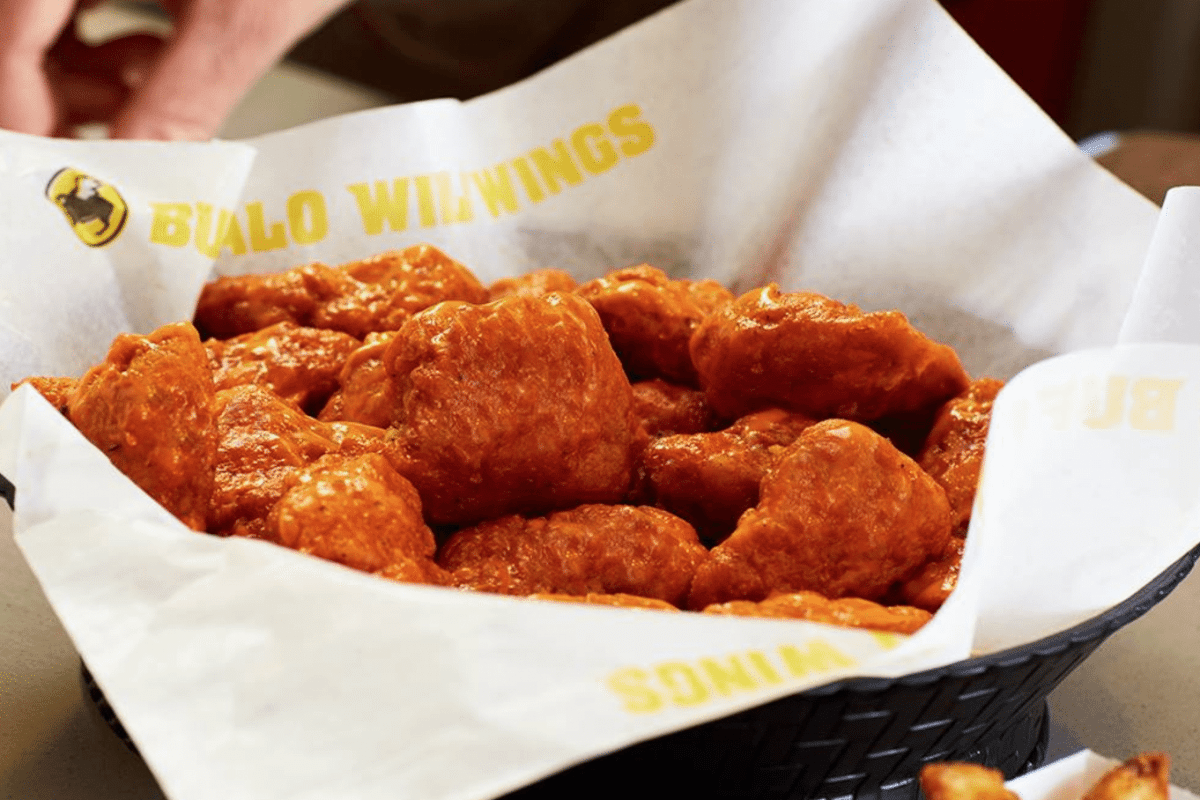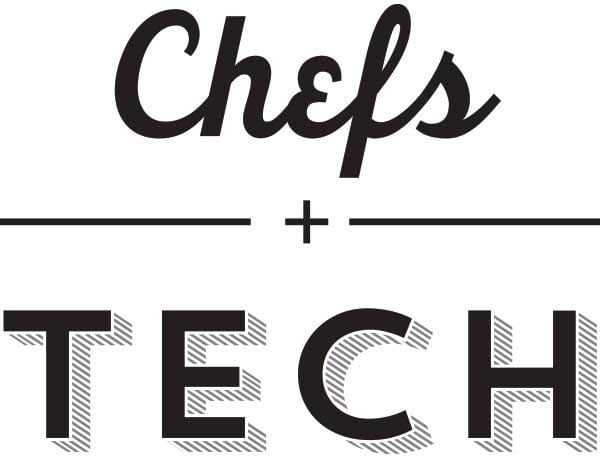Chefs+Tech: The Trouble with Signature Ingredients

Skift Take
 Editor's Note: In September we announced that Skift was expanding into food and drink with the addition of the Chefs+Tech newsletter.
Editor's Note: In September we announced that Skift was expanding into food and drink with the addition of the Chefs+Tech newsletter.
We see this as a natural expansion of the Skift umbrella, bringing the big-picture view on the future of dining out, being fanatically focused on the guest experience, and at the intersection of marketing and tech.
Bonus: We now publish C+T twice weekly.
The Problem with Signature Ingredients
Streamlining the number of ingredients used to create restaurant dishes helps to reduce both supply costs and food waste. But when an ingredient’s cost or availability changes dramatically, a business and its bottom line can quickly feel the effects. Chipotle, for example, uses just 51 ingredients in all of its product offerings, including the popular and critical-to-Chipotle avocado. As Bloomberg reports, “a confluence of factors drove the wholesale cost of Hass avocados from Mexico, the biggest supplier to the U.S., to more than double this year.” We’re not only eating more avocados than we have in the past (thanks, avocado toast!), but recent weather conditions caused less-than-ideal growing conditions. Similarly, remember the lime shortage of 2014? Chipotle was hit with that one, too — but so were other restaurants. Some even used it as a hook to educate about climate change and the involvement of drug cartels in the food supply chain. (Good news for avocado fans: The 2018 crop is already on the trees and looking good.)
Last week, Buffalo Wild Wings slashed its earnings forecast citing the high price of chicken for its woes. Chicken wing costs caused the cancellation of one of the chain’s most popular specials, half-price wing Tuesdays, as locations experienced a drop in same-store visits. Buffalo Wild Wings is currently working to turn the numbers around, even experimenting with beer delivery, which one has to believe is nearly always in demand.
For large, publicly traded operations like the above, a small change in supply cost can suddenly equal a huge change in revenue or even restaurant operations. While smaller restaurants can operate more nimbly, adjusting menu items and offerings, large chains are beholden to standardization, ingredients lists, and nutritional information, making a quick change challenging. While dangerous in the short-term, (and maybe the long-term) for these chains, connecting the costs of beloved ingredients like avocado and chicken wings to the social and environmental changes affecting their costs isn’t necessarily a bad thing. Even when it’s purchased through a major chain, food comes from real people in real places.
Toast Secures $101 Million in Series C Investment
Big news in point-of-sale systems (POS): Toast raised a $101 million series C round last week. The Toast POS integrates front-of-house, back-of-house, customer relationship management, inventory, and more, allowing restaurants to leverage data to make better business decisions. Toast Inc.’s plan for the cash is a telling glimpse into the future of digital restaurant systems. In a company blog post, Toast shared that they’re focusing on self-ordering kiosks, handheld pay-at the-table options, customer relationship management (CRM) and marketing tools, advanced reporting, inventory, and loyalty, as well as leveraging data to create a more personalized guest experience.
This growth strategy isn’t surprising; it’s a reflection of where we see restaurant industry technology heading. Companies like Toast (which at four years old is already considered a major established player in the space) are creating digital systems to manage every aspect of the restaurant. Other formerly disparate systems are becoming more open, offering APIs and working with other systems and companies to create comprehensive tech solutions for restaurants. There’s a lot of movement in this space as companies work to emerge as leaders and compete for customers. Worth remembering, though, that adopting a new system for something as critical to a restaurant as its POS takes a significant time investment and effort. This means the competition for existing restaurants is strong, but the competition to become the first, default operating system for a new restaurant is even stronger.
Do Restaurants Need Dedicated Sommeliers?
When’s the last time you called on a sommelier to help you with a wine order? Notable wine writer Jon Bonné edited a collection of five essays written by restaurateurs, each with a different strategy. There’s a space argument: tiny restaurants and wine bars don’t have space on the floor for a person strictly dedicated to helping you pick wine. There’s the all-hands-on-deck approach: a full-time sommelier on staff makes sense, says San Francisco restaurateur Jeff Hanak, but they must pitch in to help in other ways, too. There’s the strong “yes, restaurants do need a sommelier” (according to a master sommelier but also as a signal of a commitment to service and hospitality.)
Every essay makes strong points, and there’s no one-size-fits-all solution. But this is an interesting topic to think through, especially amid trends like chefs who step out of the kitchen to bring plates to the table, or wait staff that doubles as bar staff or host staff. It feels like we see this more often than not at full-service restaurants. Conversely, consider the highly publicized opening of The Grill in New York City, a high-profile example of the traditional style of service coming back into the mainstream. When does a specialized staff versus a generalist staff make more sense? And how does that speak to the vibe of a restaurant? In the examples above, the choice of wine-specific staff members has a direct effect on the way a restaurant operates and the way it feels. Obviously, fine dining and traditional restaurants have existed through changing times and trends, but curious if the growing popularity of the traditional restaurant will signal the return of a specialized staff.
Digestifs
- New York’s delivery-only Ando will soon offer a pick-up option — Eater
- Deliveroo says an algorithm named Frank has reduced its average delivery time by nearly a half-hour — Business Insider
- Phish food: The band taps a Philadelphia donut store for its 13-night Madison Square Garden residency — AP




